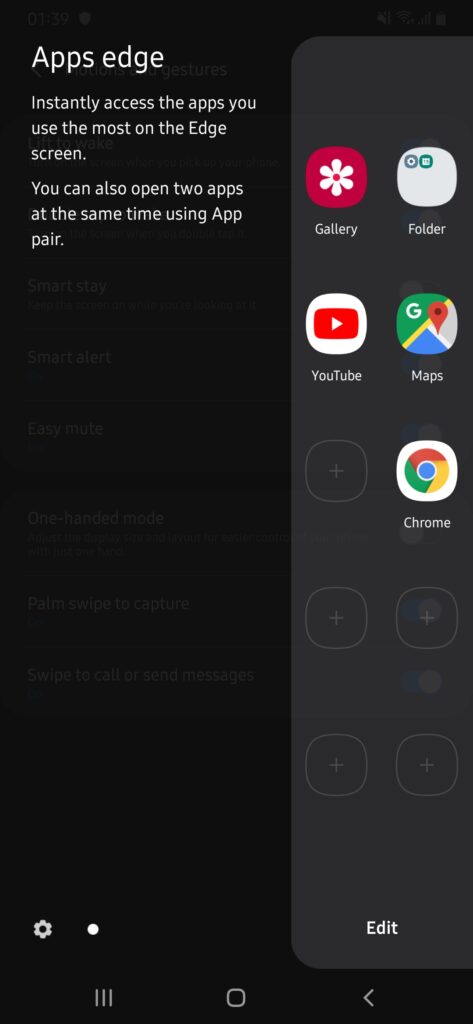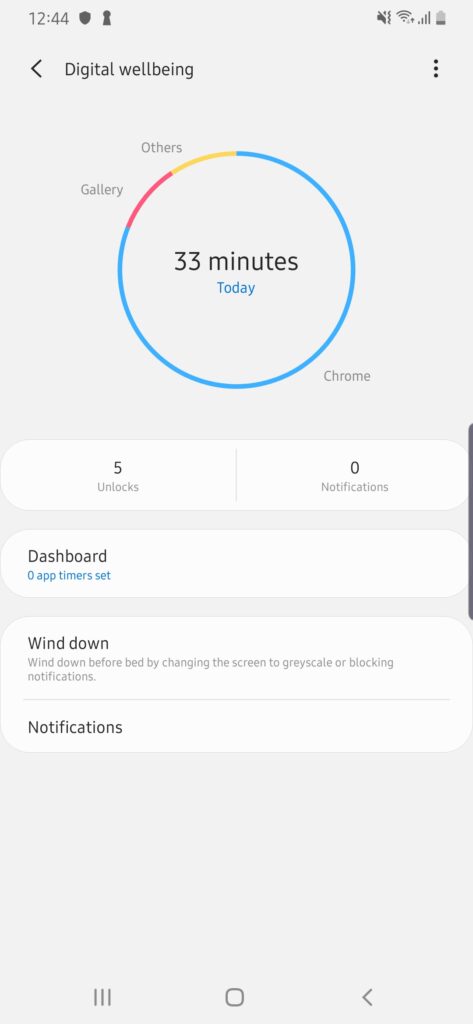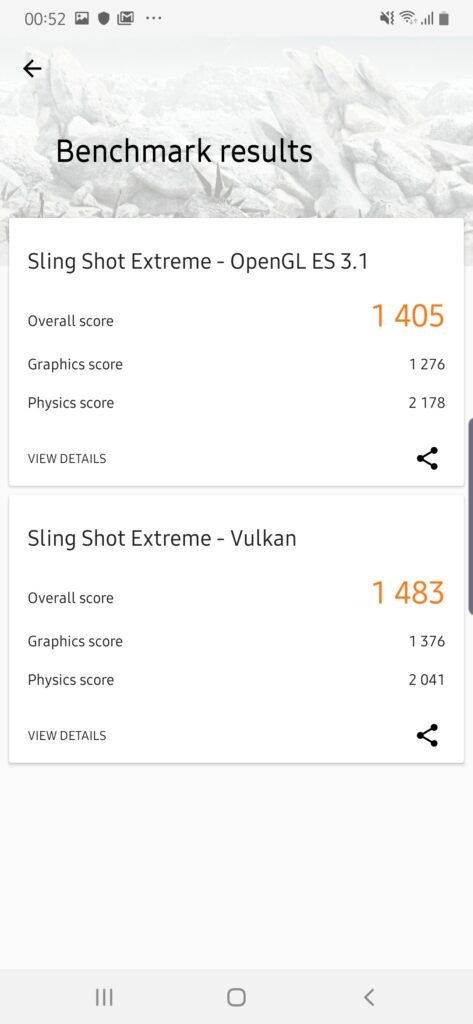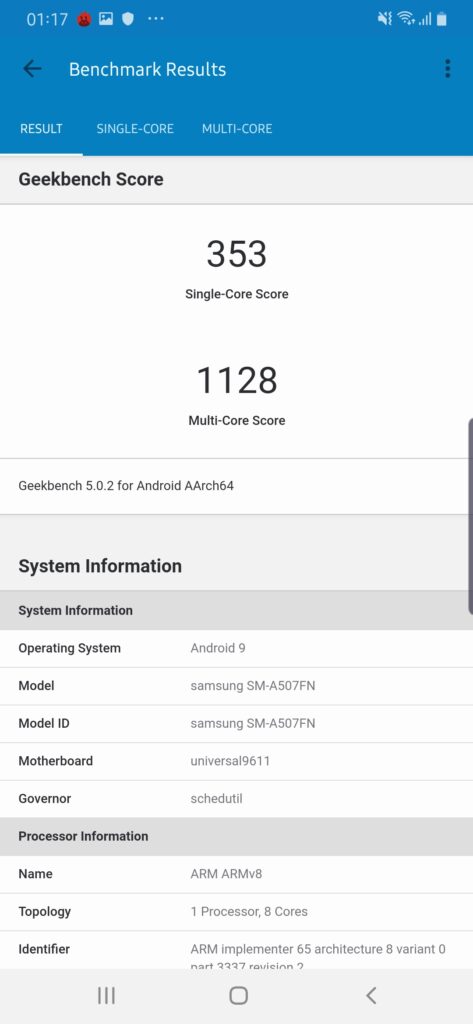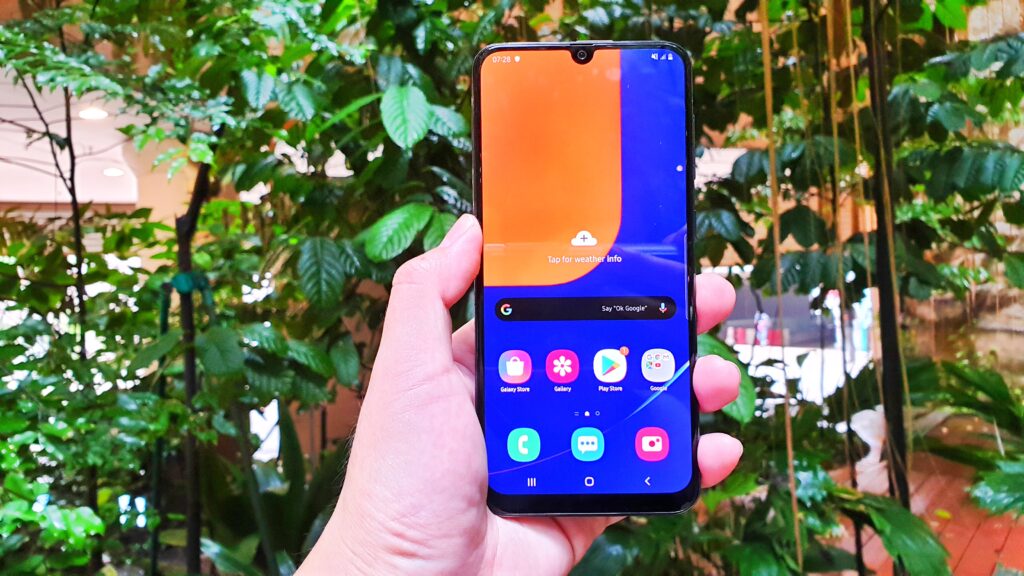
Samsung Galaxy A50s Review – Refined and Redefined
Samsung’s refresh cycles for their midrange phones are getting faster and the Galaxy A50 which was launched earlier this year now has an upgraded successor dubbed the Galaxy A50s. Rather than reinventing the wheel, the Galaxy A50s offers modest upgrades to the hardware, in particular the front and rear cameras.
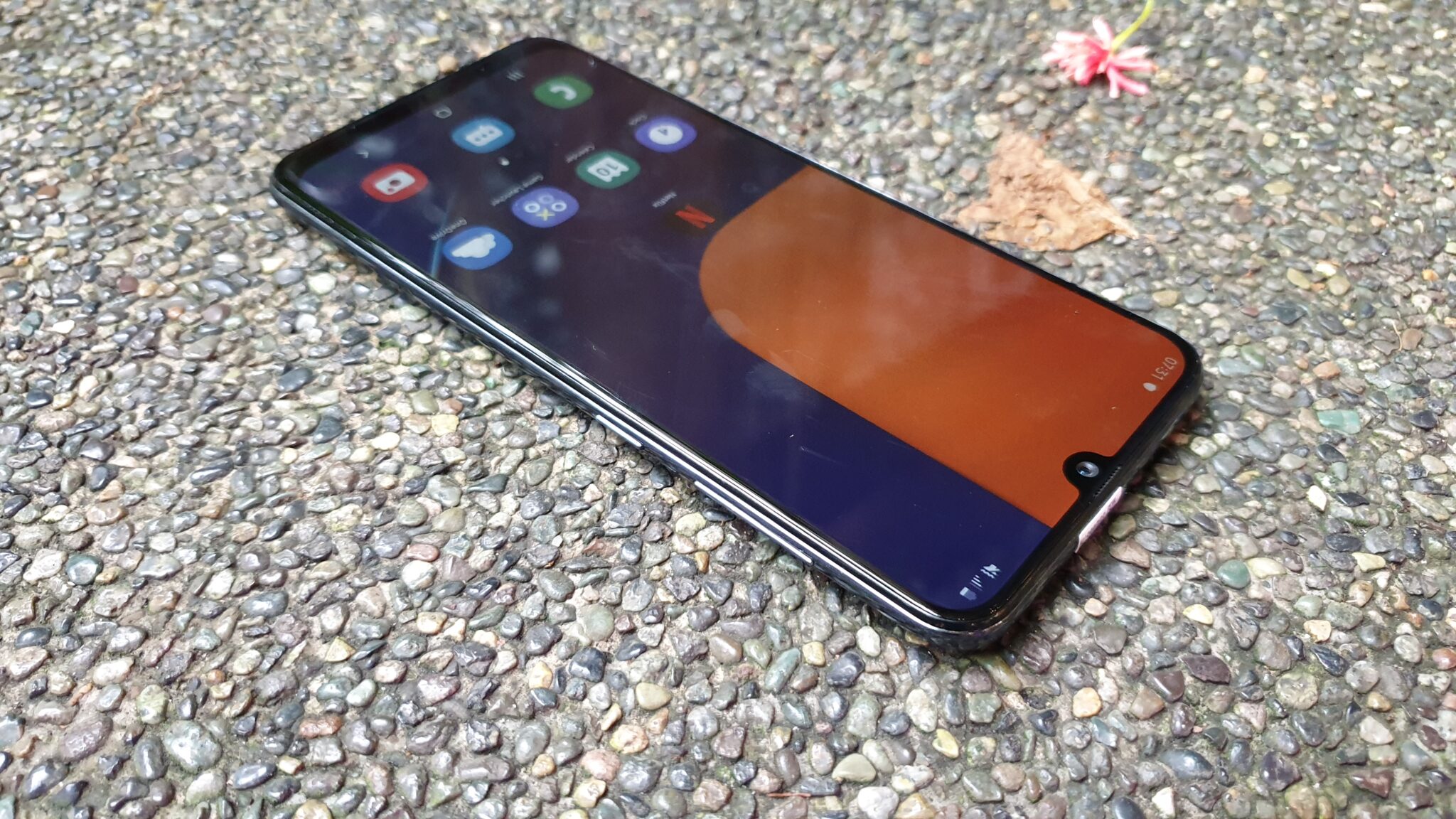
Externally, the Samsung Galaxy A50s has similar dimensions to the A50 in terms of size and weight though it’s about 3g heavier at 169g though the chassis remains polycarbonate, presumably for cost and durability reasons though it looks rather like metal and glass until you hold it when its nature becomes apparent.
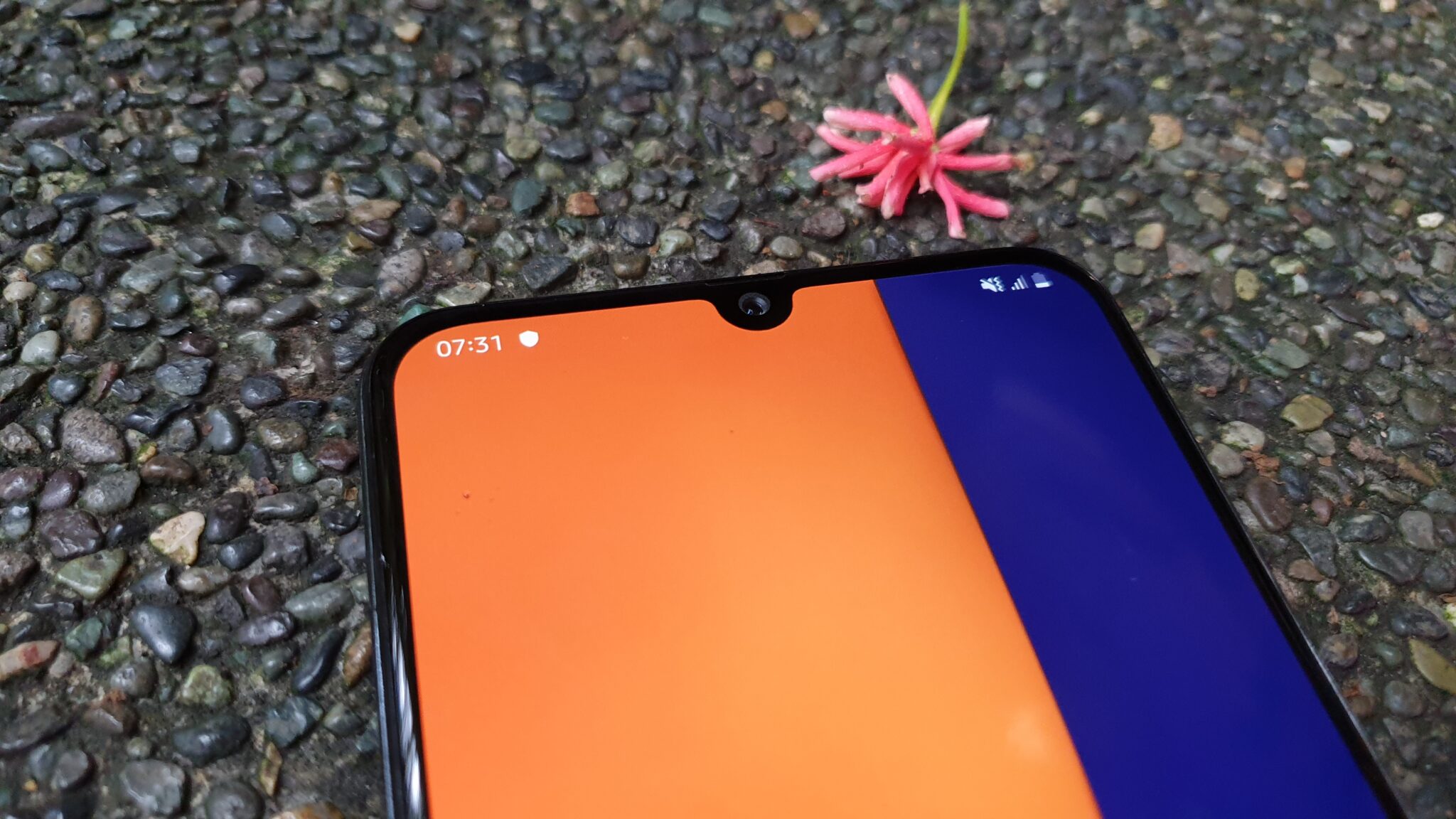
The design and placement of the front and rear cameras is also quite similar with the rear triple camera array plonked in the upper left corner and the front selfie camera placed in a small drop-shaped centreline punchhole at the top of the display.
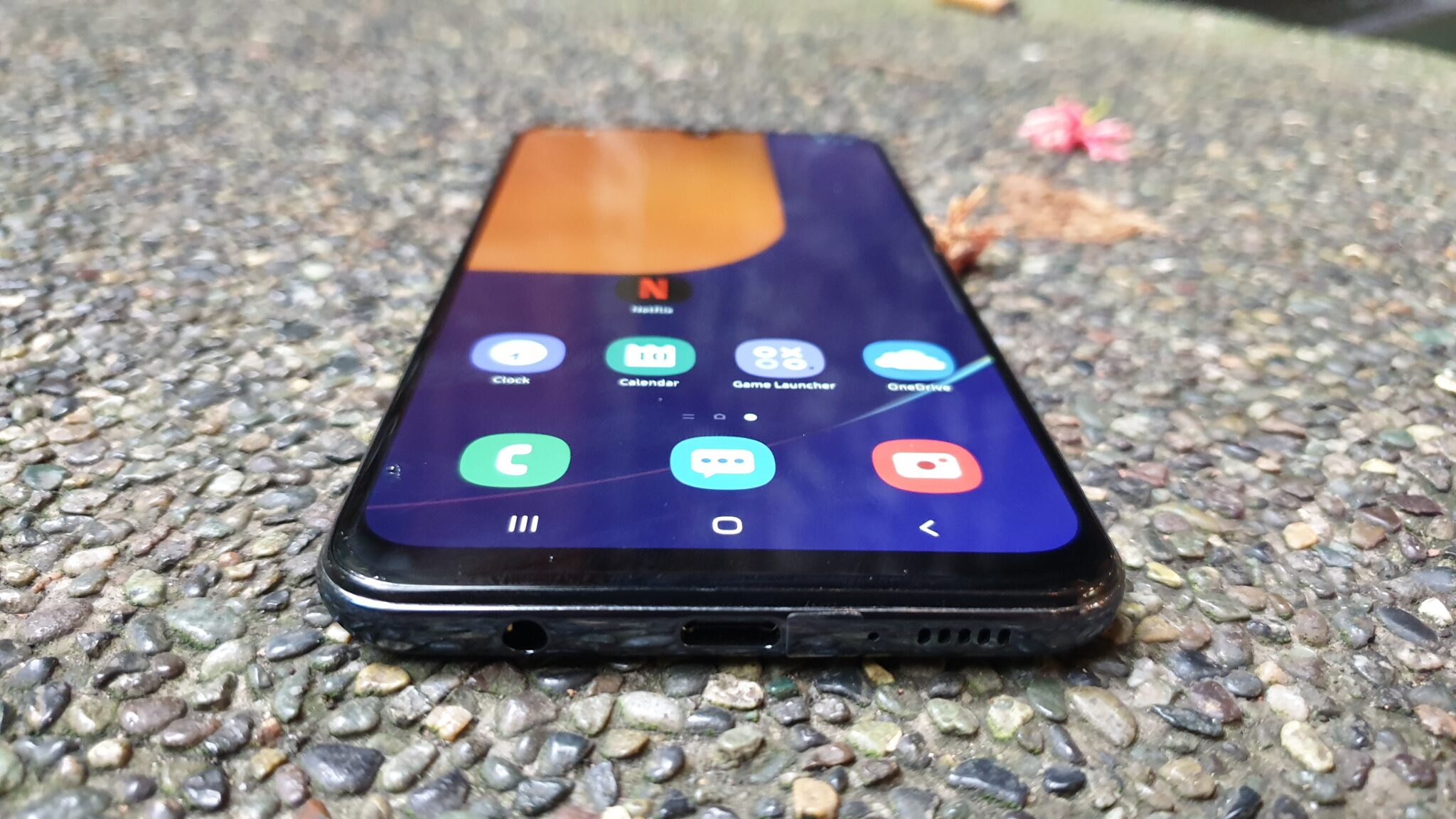
Directly compared to the A50, the A50s notably upgrades the processor from an Exynos 9610 to an Exynos 9611, beefs up the primary camera on the rear triple camera array from 25-MP to 48-MP and the front selfie camera from 25-MP to 32-MP. The rest of the upgrades are in terms of additional functionality culled from the higher end Galaxy S series phones in particular their Screen Edge function as well as a Super Steady mode to film judder free 1080P footage.
Hardware and firmware upgrades aside, the most immediately visible aesthetic change is the mirrored rear finish which Samsung has called Prism Crush which features a reflective paint job with alternating coloured triangles which lends it a slightly more premium look than its sibling the A50. Unfortunately it doesn’t quite resolve the fact that the reflective finish is still a fingerprint magnet. Finish notwithstanding, the rear triple camera array consists of a primary 48-MP F/2.0 camera, a secondary 8-MP F/2.2 camera with an ultra wide angle lens and a tertiary 5-MP depth sensor.

The base of the phone sports a mono speaker, a 3.5mm audio jack and a USB Type C port while the right has a volume rocker and a power button. The left hosts a triple card slot which lets you plonk in two nano SIM cards and another microSD card up to 1TB in capacity at the same time. The top of the Galaxy A50s is otherwise bare.
Up front, the Galaxy A50s sports a 6.4-inch Super AMOLED display with a tiny notch up top for the selfie camera. Samsung’s mastery of Super AMOLED panels comes to the fore here as it one-ups mainline LCD panels on account of its ability to offer brighter, lusher colours onscreen. The panel itself offers FHD+ resolution, which translates to about 2,340 x 1080 pixels and it also offers an under-display fingerprint reader. The FHD+ resolution is in line with most midrange workhorses and is sufficiently crisp enough for the vast majority of users.
In terms of build quality and design, the Galaxy A50s doesn’t quite break new ground but looks and feels sufficiently premium on account of its polished backplate and slim bezels as well as the decent heft on account of its large battery.
Samsung Galaxy A50s performance
The Galaxy A50s runs Android 9.0 Pie overlaid with Samsung’s One UI 1.5 user interface on top of a new midrange Exynos 9611 processor. The Exynos 9611 is a modest upgrade over the Galaxy A50’s Exynos 9610 and is also built on a 10nm FinFet process. It consists of a similar octacore configuration with a quartet of 2.3GHz Cortex A73 cores and a quartet of A53 1.7GHz cores paired with a Mali G72 MP3 GPU. Clock speeds and performance are similar though the 9611 adds in support for more powerful rear cameras.
At the launch, Samsung Malaysia was keen to emphasise that the Galaxy A50s offers several enhancements that were once the exclusive province of high-end Galaxy S and Note series phones. The biggest update is the inclusion of their Edge Screen feature.
For the uninitiated, the Edge Screen feature allows users to swipe a tab in from the edge of the screen to reveal a list of shortcuts for easy access. Users are also able to App Pair, which means launching two apps simultaneously with both taking up a split screen on the display. This comes in handy for a number of tasks like Google Docs and a Chrome browser to surf the web and take notes or YouTube and Chrome to surf and watch clips simultaneously.
Another addition is their Digital Wellbeing feature that helpfully tells you where you’re spending the majority of your time on the phone, how many times you’ve unlocked it and other minutiae while also offering a Wind down feature that reduces the number of notifications and turns the screen to a grayish tint to help you get ready for bed.
Like other Samsung phones running One UI, the phone also has Bixby Home to curate your notifications and content for you so you can see them at a glance. The rest of the user interface is akin to other Samsung phones which leads to a flat learning curve for prior Samsung phone users. Of more immediate practical use is that the A50s supports Samsung Pay, which makes it a rather well rounded phone indeed as you can use this to swipe for transactions in lieu of carrying actual plastic around. Of value to Malaysian users is that the local versions are remarkably bloatware free.
Save for a reasonably useful shortcut to Lazada and to Netflix, the One UI interface really doesn’t try to shove ads or erroneous claptrap in your face which is something well worth paying a premium for these days of freemium driven apps and firmware.
In terms of synthetic benchmarks, the Galaxy A50s and its Exynos 9611 scored reasonable scores, bearing in mind its designation as a midrange phone. In PCMark, it got a score of 5,853 points while in 3DMark’s Sling Shot Extreme Open GL ES 3.1 test it got 1,405 points whereas in Sling Shot Extreme Vulkan it got 1,483 points. In Antutu 3D, it got a score of 151,141 points. Over in Geekbench, it got a single core score of 353 points and a multi core score of 1,128 points.
Under practical field conditions, there’s little to quibble about with the Galaxy A50s and performance is equivalent to its predecessor with the ability to open up a good dozen or so browser windows, smoothly run most apps and generally get your day to day social media fix sorted. It’s fairly decent when it comes to gaming with the ability to handle Call of Duty Mobile on high settings though there’s a fair bit of loading time before a match starts. Other staples like Asphalt 9 and PUBG ran on medium settings without issue.
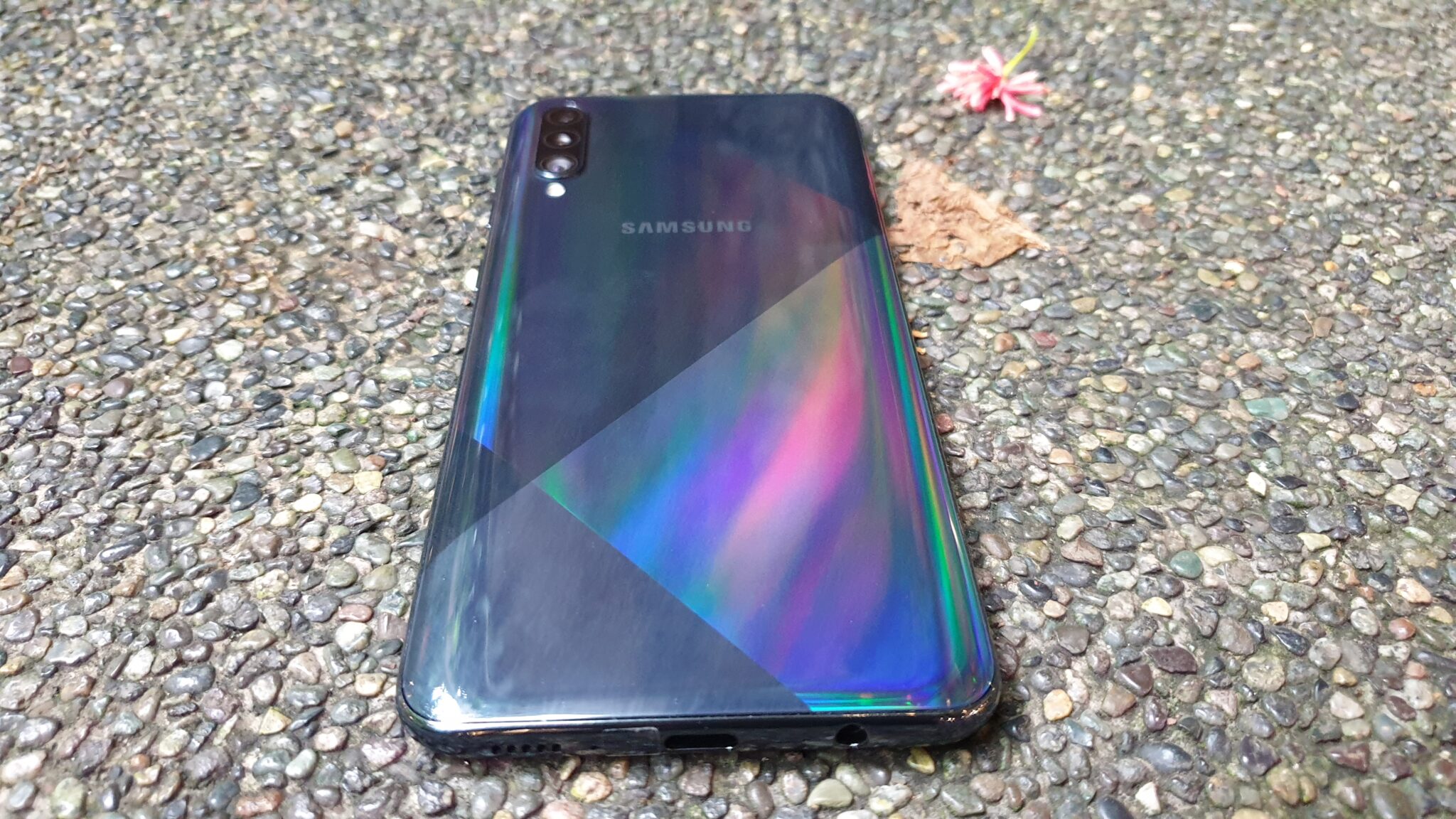
The Super AMOLED panel on the Galaxy A50s did not disappoint, serving up vibrant hues and sufficiently sharp detail with good clarity under sunlight which makes Netflix and gaming a pleasant affair. Like other Super AMOLED panels, its a touch on the saturated side but you’re able to finetune the colour levels and also change it to a cooler or warmer tone as needed in the settings.
Like many other midrange smartphones, the sole mono speaker at the base of the Galaxy A50s is otherwise easily blocked when used in landscape mode by your fingers and serves up fair, if unremarkable audio quality sufficient for casual listening of the odd Facebook or YouTube video.
Galaxy A50s camera performance
The biggest upgrade and defining feature of the Galaxy A50s, on top of its relatively modest price as midrange Samsung phones go is its front selfie snapper and rear triple camera array, both of which have been upgraded with a higher megapixel count from its predecessor the A50.
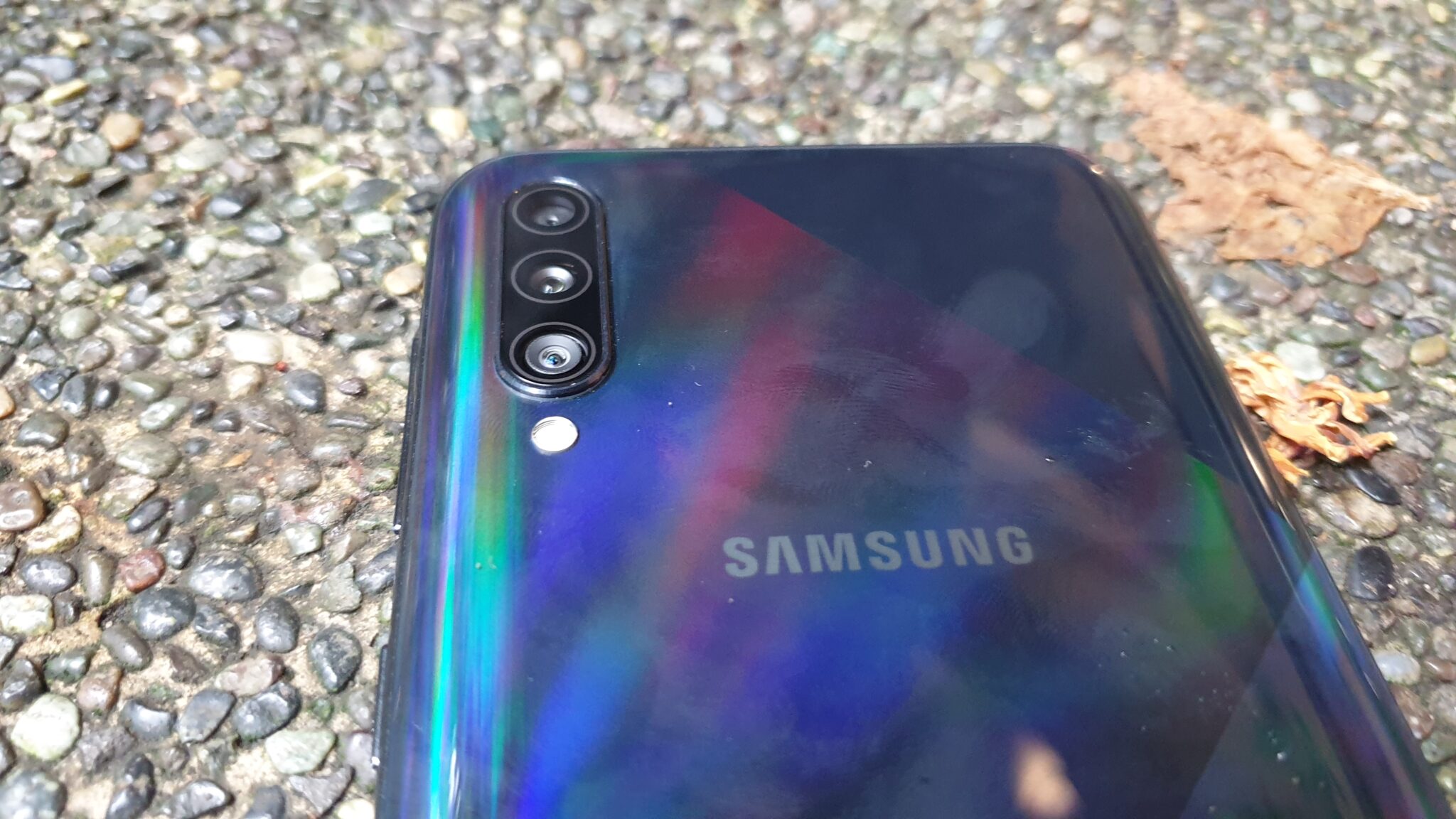
The primary rear triple camera array is centered around a 48-MP F/2.0 camera with PDAF, a secondary 8-MP F/2.2 camera with an ultrawide angle camera and a third auxiliary 5-MP depth sensor for Live Focus bokeh shots. There’s no OIS on any of the Galaxy A50s cameras though it’s extremely rare for anything in this price range to have it in any case.
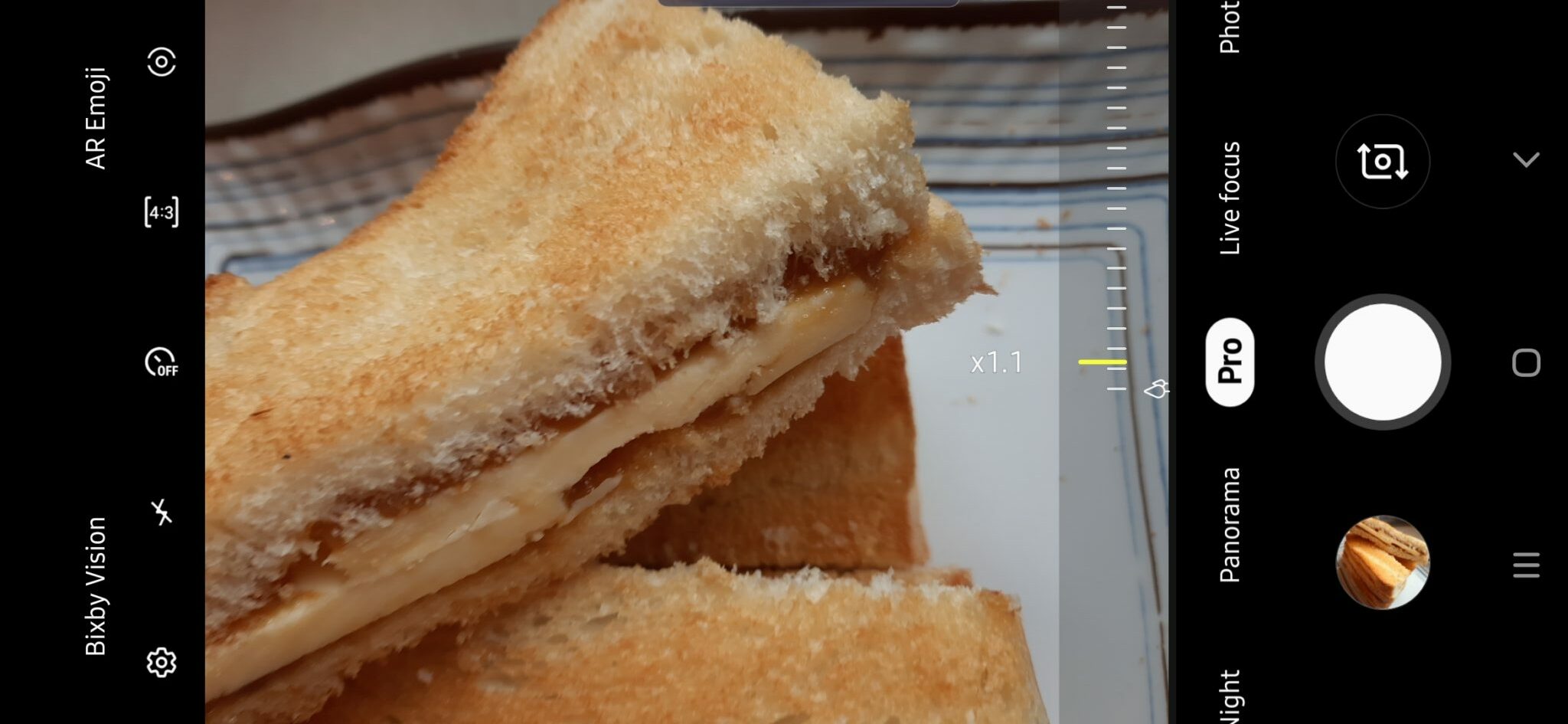
Much like many other Galaxy A series phones, the Pro mode on the Galaxy A50s has been drastically simplified over that seen on the higher end Galaxy S and Note series phones though the rest of its more mainstream features are present and correct including a Food mode, a Night mode, their intelligent Scene Optimiser mode that tweaks settings for best results depending on what you’re shooting at and a Super Slow Mo mode that snaps slowed down 720@960fps snippets on demand.
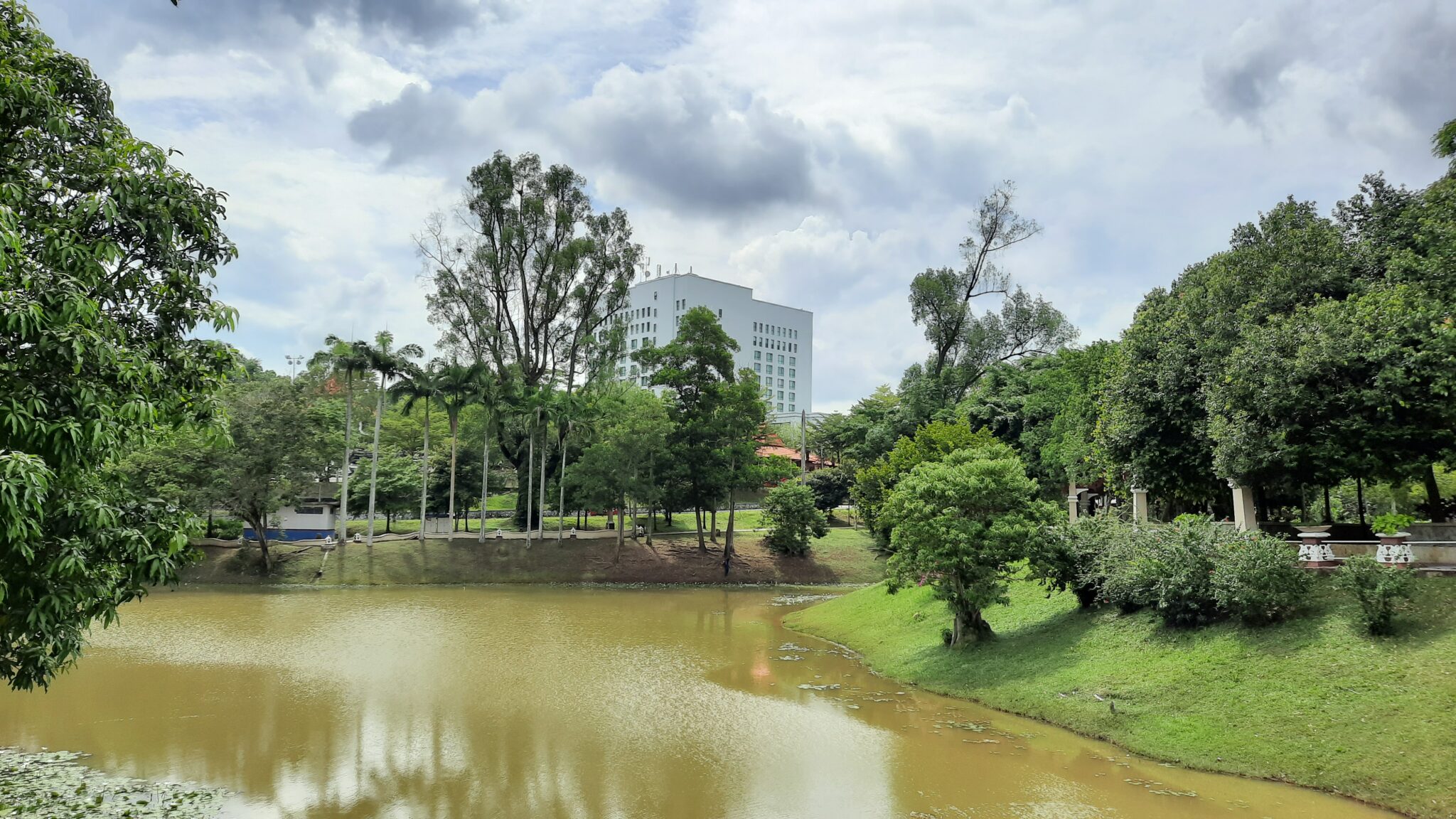
Taken with the primary 48-MP camera on the Galaxy A50s
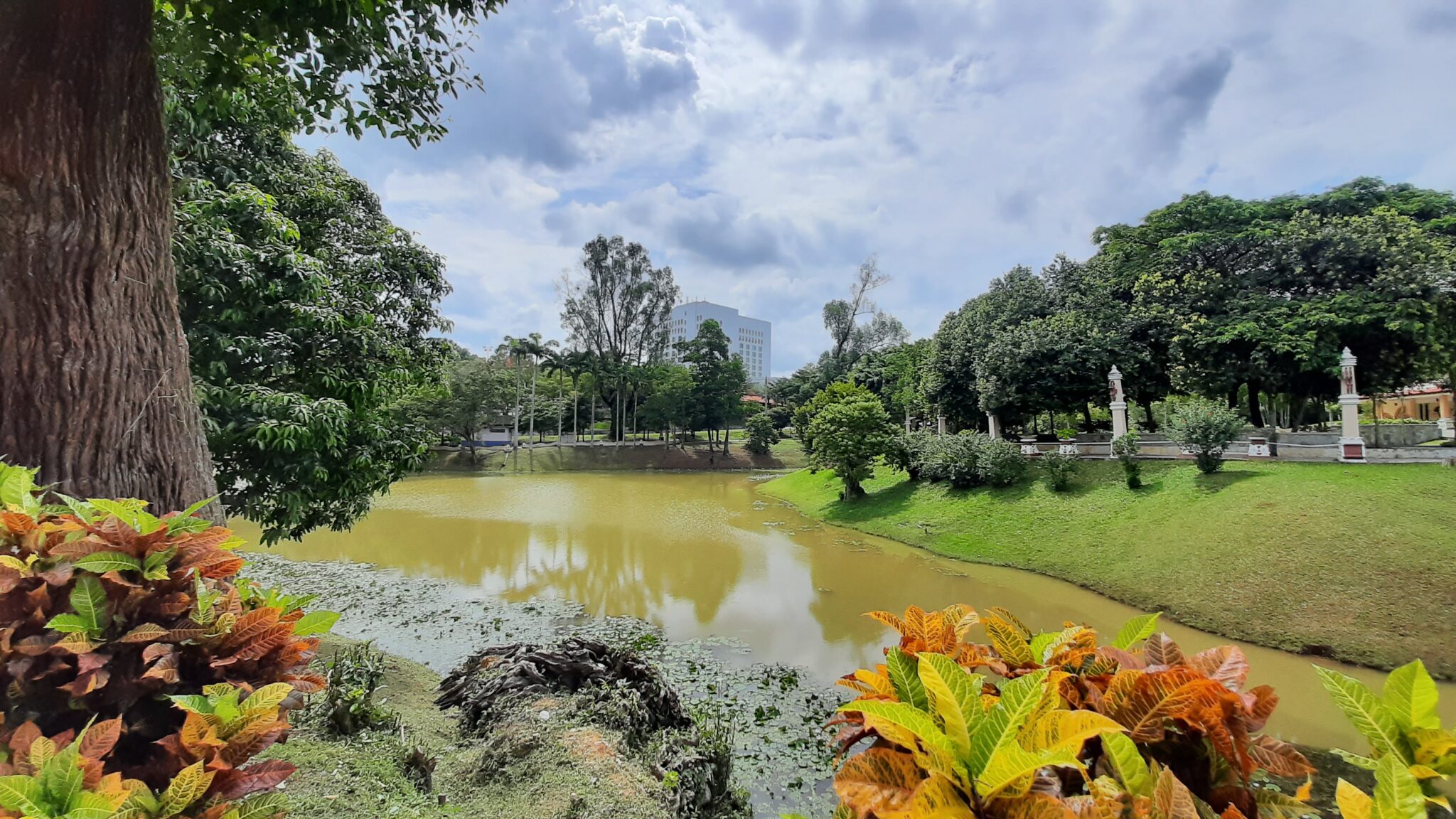
Taken with the 8-MP wide angle camera of the Galaxy A50s
Another feature of note is the inclusion of their Super Steady mode that takes advantage of the large camera sensor to deliver very steady video footage at 1080P with an effect somewhat akin to mounting the phone on a gimbal. The rear camera is also capable of 4x digital zoom and 4K video capture.

Taken with the main 48-MP camera of the Galaxy A50s at dusk

Taken with the 8-MP wide angle camera on the Galaxy A50s at dusk
With the Scene Optimiser on and on auto mode, the primary 48-MP camera on the Galaxy A50s does a great job for what you pay for. It works as an excellent point-and-shoot with very little intervention needed to yield decent shots in both daylight and dimmer lit conditions for most subjects from macro shots, food to scenery.
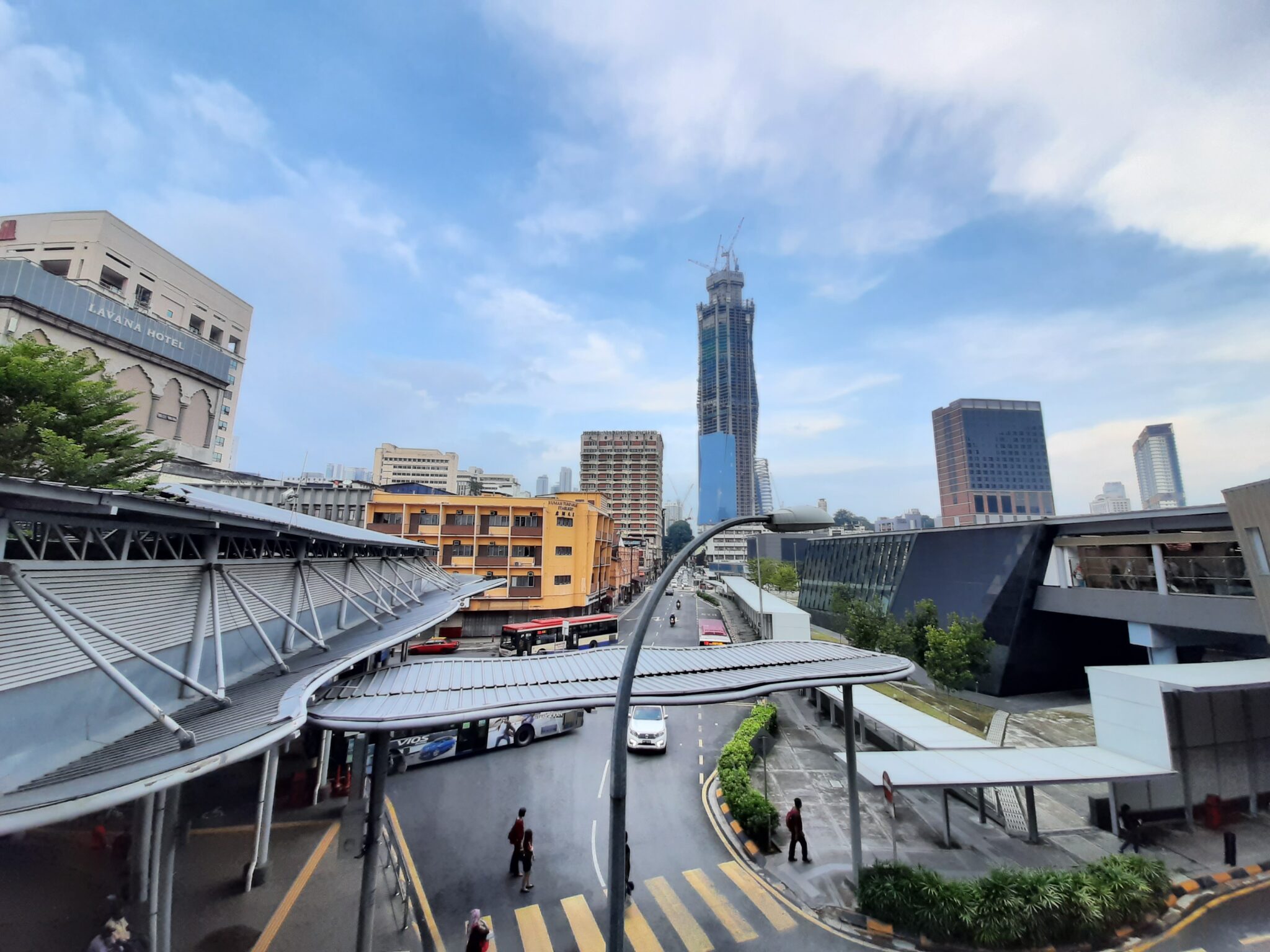
The wide angle camera of the Galaxy A50s delivers good results under well lit conditions
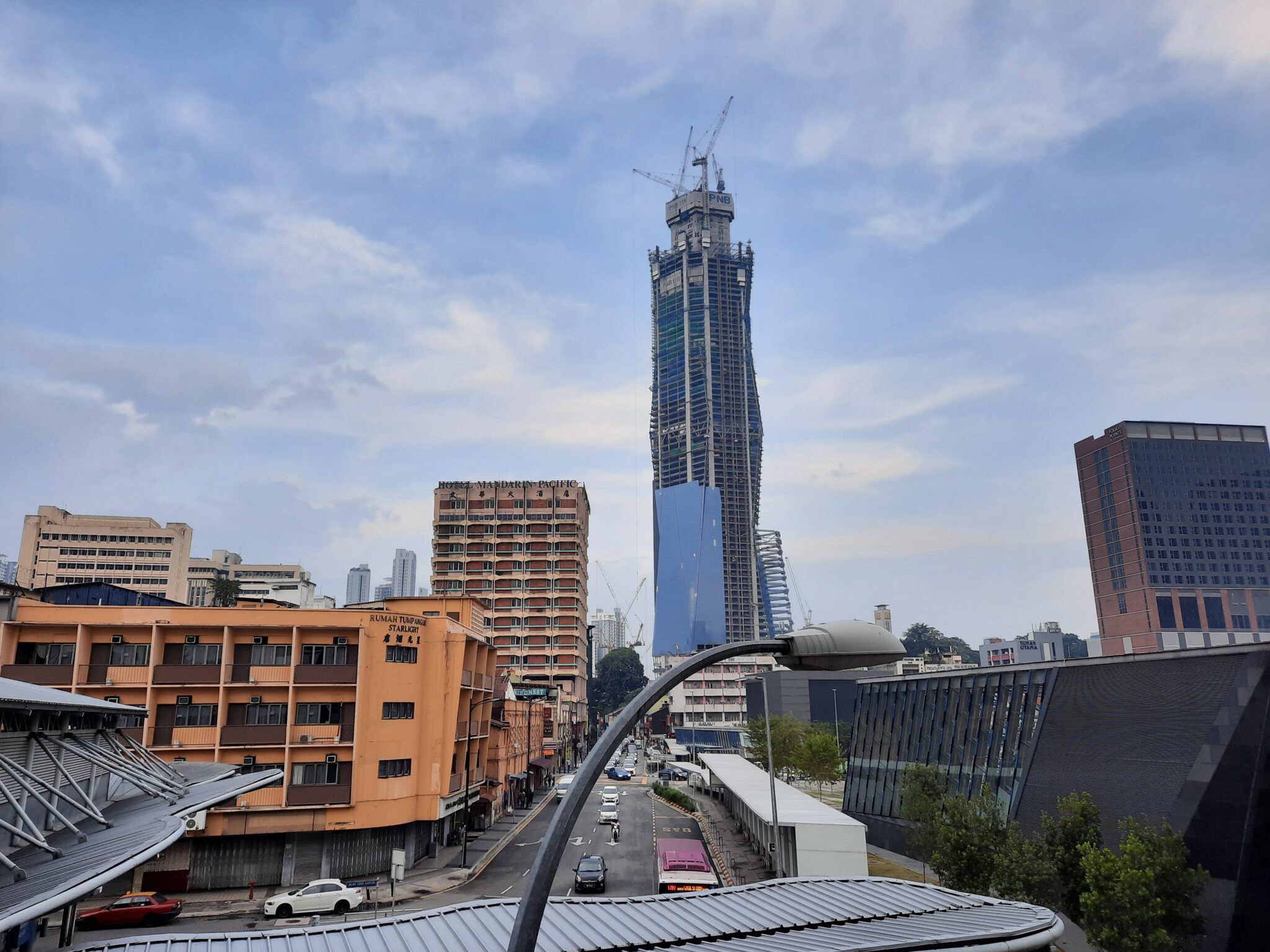
The Galaxy A50s primary camera serves up excellent shots under all but the most challenging light conditions
The secondary 8-MP camera works best under brightly lit outdoors conditions. While it does let you get more of the scenery into one shot, it doesn’t fare all too well with detail, especially after dark or with poor light sources indoors with shots tending to be grainy affairs with poor dynamic range and contrast, making its usage highly situational. For the most part, you’ll be sticking to the primary camera for most of your shots. The front-facing selfie camera offers otherwise decent selfies with good skin tones and does a decent job blurring the background on account of the AI but it’s unremarkable compared to the huge array of contenders in the market.

Live Focus mode in action on the Galaxy A50s rear camera


On the video front the Galaxy A50s is capable of 4K@30fps on both the primary 48-MP rear and 32-MP front camera. The aforementioned Super Steady mode caps out at 1080p resolution and takes advantage of the larger 48-MP camera sensor to serve up some pretty good judder-free video, smoothing out the usual shake from a brisk walk though anything faster than that still requires an external gimbal. Unfortunately, 4K video lacks Super Steady mode so you’ll need fairly steady hands or a tripod for best results.
Galaxy A50s battery life, price and performance
The Galaxy A50s has a similar 4,000mAh battery akin to the Galaxy A50 with 15W fast charging. In terms of usage, the phone also has a similar performance envelope with sufficient juice for all day usage on an average work profile of an hour worth of video and gaming, constant use of a combination of WiFi and data all day and several hours of social media use and web browsing, with a combination of about eight or so hours of active screen time. While we didn’t get an official charger with our test unit, we had a 15W charger lying around and it worked just fine, juicing the phone up from zero to full in about two hours or so.

As it stands, the Galaxy A50s is an incremental upgrade of the original A50 with improved front and rear cameras and modest firmware updates that offer more flagship type features. It’s a solid all-rounder, with a good Super AMOLED display, decent overall performance and an otherwise good set of cameras for day-to-day use though at this competitive price category it’s a bit on the pricey side. That extra premium however goes towards the polish and deep integration of the Galaxy A50’s myriad user interface and design including Samsung Pay that other brands have yet to match.
What we liked Good build quality, vibrant Super AMOLED display, good battery life, good primary rear camera for price, has Samsung edge screen
What we didn’t Finish is a fingerprint magnet, rear wide angle camera works best in daylight, average mono speaker
We say The Samsung Galaxy A50s is a modest update to the earlier A50 that brings to the table more powerful front and rear cameras along with several features culled from their higher end phones including their slick Super Steady video stabilisation tech. Worth a look if you haven’t invested in its predecessor the Galaxy A50.
Specifications
Price RM1,299
Display 6.4-inch Super AMOLED, 1080 , 2,340 pixels
Processor Exynos 9611
OS Android 9.0
Memory 6GB RAM/ 128GB storage + microsd card
Camera 48-MP F/2.0 + 8-MP F/2.2 (ultra wide angle lens) + 5-MP F/2.2 (depth sensor) / 32-MP F/2.0 (front)
Battery 4,000mAh w/ 15W quick charge
Size/Weight 158.5 x 74.5 x 7.7 mm / 169g
Review unit courtesy of Samsung Malaysia. Available for purchase on their official page here.

